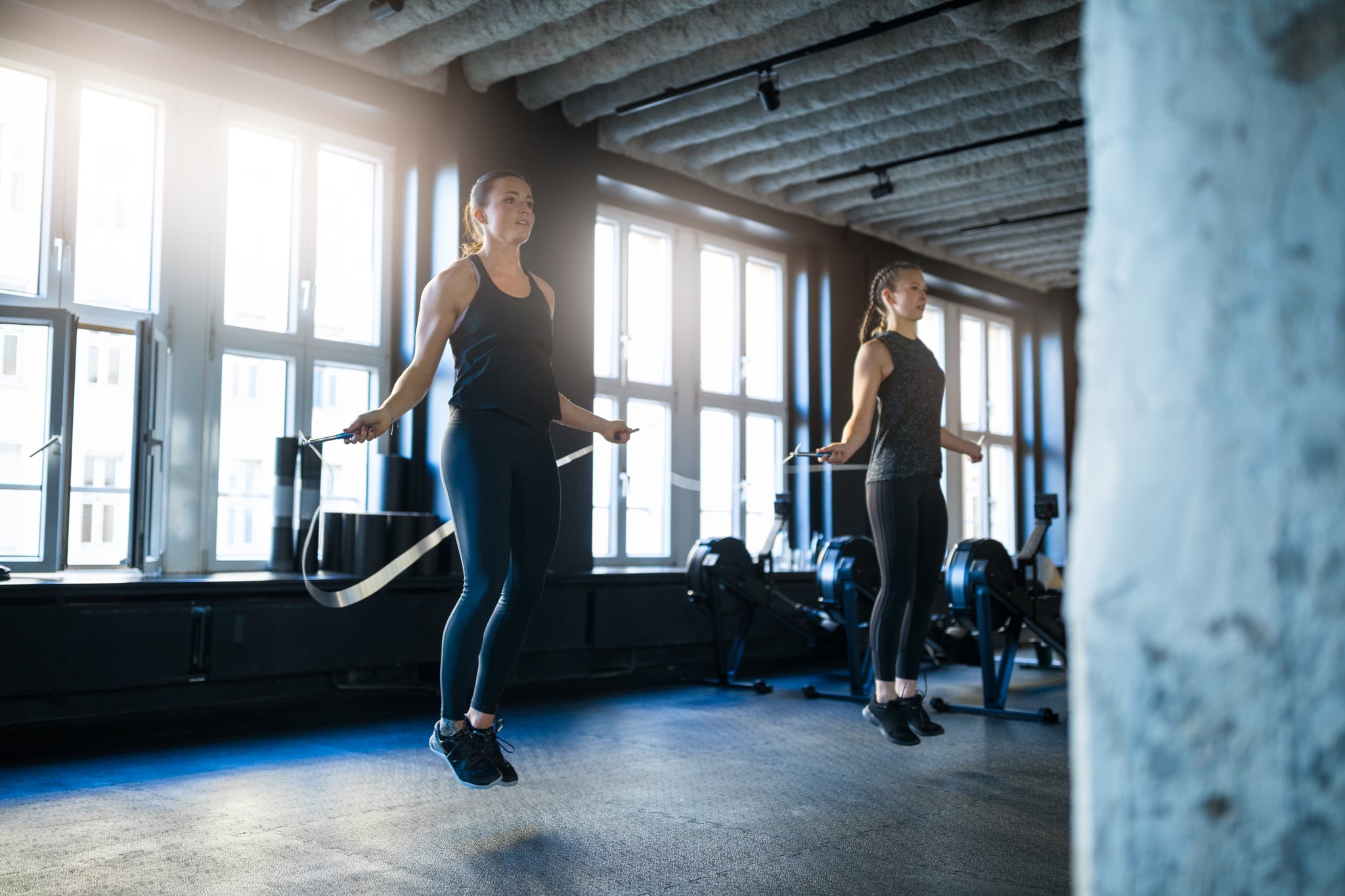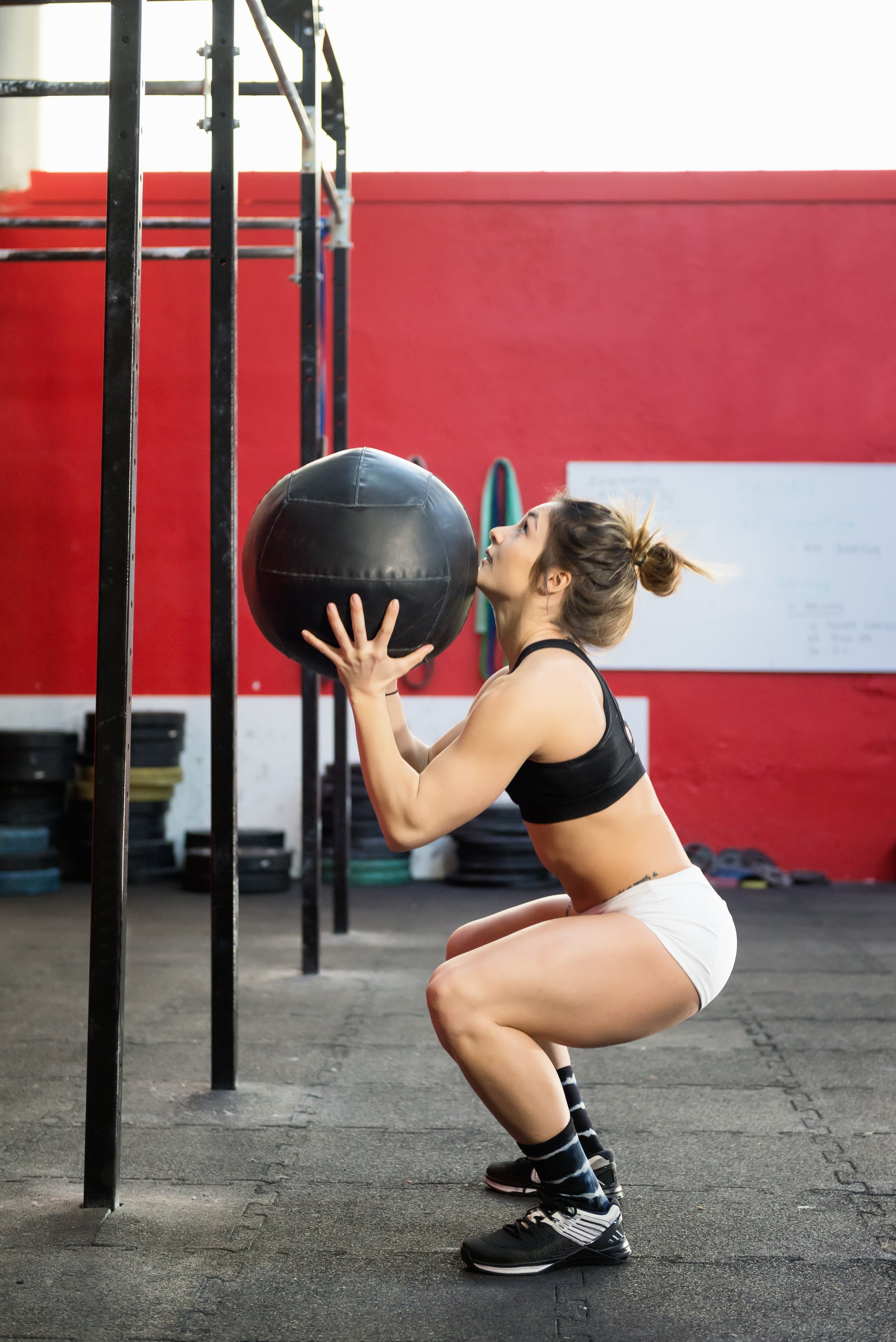
I just celebrated my three-year anniversary as a CrossFit athlete [1], and no one is more surprised than I am. As a sports chiropractor, I had a healthy dose of scepticism about this sport of fitness that — I had heard — had the potential to lead to injury [2]. Years ago, I had told patients that CrossFit might be dangerous and to participate at their own risk. It wasn't until a few CrossFitters came into my office hoping to optimize their performance — rather than to be treated for an injury — that I became curious. They were kind and fit and seemed happy with their choice to "risk it all."
It was the day after Christmas in 2015 that I ventured into CrossFit Wash Park in Denver to try it for the first time [3]. I found an enthusiastic and friendly community, made up of athletes of varying skill levels, which gave me confidence that I could fit in. Since then, I have treated close to 100 CrossFit athletes, suffered a few injuries [4], and achieved some incredible athletic milestones. It's through this lens that I offer some things to think about when deciding if CrossFit is right for you and how to get started.
What Is CrossFit?
CrossFit programming boils down to basic strength and conditioning, with a focus on functional movements. These include heavy weightlifting (squats, deadlifts, cleans, snatches, jerks, thrusters) and gymnastics skills (handstands, pull-ups, push-ups, muscle-ups, box jumps), as well as short, intense workouts of the day [5]. WODs incorporate all of the above plus rowing, cycling, jumping rope, or running, and they vary in length, depending on the intention.
Is CrossFit OK For Beginners?
Yes, this workout is scalable and intended for the masses. CrossFit is also community-focussed, which helps build your confidence, no matter your fitness level. There are programs for kids and teens, as well as adaptive athletes. My recommendation is to fully research your gym [6] and try a few before you commit. Not every gym is a good fit for every athlete. Some gyms focus on developing competitive CrossFit athletes, while others focus on more general fitness.

Is CrossFit Good For You?
CrossFit can help strengthen your knees and back and improve your overall health. For example, as a chiropractor, I teach all of my patients how to correctly do a squat [7]. Squatting is truly the difference between living independently and retiring to an assisted living home. If you cannot sit and rise unassisted, you cannot live alone. Most of us are a long way from that, but guess what? Squatting is essential for joint health even now. Compressing your knees and hips in a full, deep squat provides your joints with all they need to thrive, by hydrating the joint and moving nutrients and waste products in and out. And I have yet to find a better version of a squat than the CrossFit squat.
Without belaboring the point, most of the movement in CrossFit will improve core strength [8], strengthen your back, and increase cardiovascular endurance. Moving heavy weight quickly [9] and safely is the best way to sculpt muscle and change your body [10].
Will I Get Injured Doing CrossFit?
You might. However, as a sports chiropractor, I see more injuries from running [11] and yoga than I do from CrossFit. If you are at a good gym with good coaching and you listen to your body, your risk for injury isn't greater with CrossFit than any other fitness program. That said, the most likely recipes for injury at CrossFit are the following:
- Competition: Local competitions or the CrossFit Open can lead you to pushing yourself beyond your training. Lifting heavier weights too quickly is the most likely cause here. Additionally, high-volume gymnastics can lead to repetitive stress injuries.
- Poor coaching: Know your limits, and never allow a coach to push you to a higher weight or skill when you know you aren't ready.
- Measuring yourself against other athletes: Having a gym full of all-level athletes means some will have a higher athletic IQ than you! Don't try to compete with anyone but yourself.
- Overtraining: This is the catch-22 about CrossFit. Once addicted, athletes want to train every day or multiple times per day. Make sure you're getting enough recovery time between workouts [12].
What Exercises Should I Avoid as a New CrossFitter?
As much as I love CrossFit, there are some valuable pieces of advice I wish I had gotten when I first started. For one thing, I wouldn't recommend working out more than three days a week for the first six months. Depending on your fitness level when you start, you should give yourself ample time to recover between workouts. And while many of the movements below are the most fun, you should tread with caution at the beginning. If you're patient and trust the process, you'll avoid getting hurt.
- Olympic lifting: Avoid those cleans and jerks and snatches for a while. Olympic lifts are very technical and take real time to learn. I recommend starting with a medicine ball or light barbell until the quality of your movement is perfect.
- Kipping: Make sure you develop the strength to do a dead-hang pull-up before using your momentum to "kip" your way to the top of the bar.
- Handstand push-ups: These aren't for everyone, because they put your neck in a vulnerable position. Spend a lot of time developing pushing strength (with dumbbells or barbell presses) before hanging upside down.
Additionally, you should be careful putting weights down and putting them away — that's when most low-back injuries happen. Keep your core tight and form perfect when coming down from a deadlift, clean, or snatch. And watch that you don't lose focus or muscle tension when putting away heavy plates or kettlebells.
